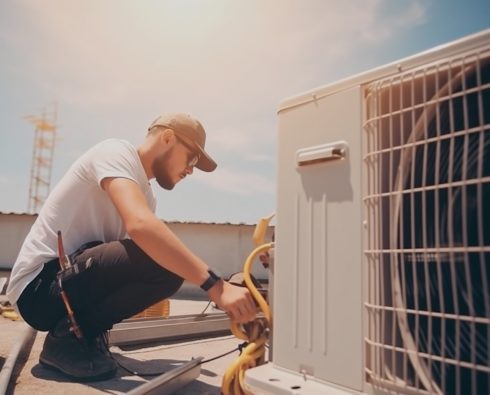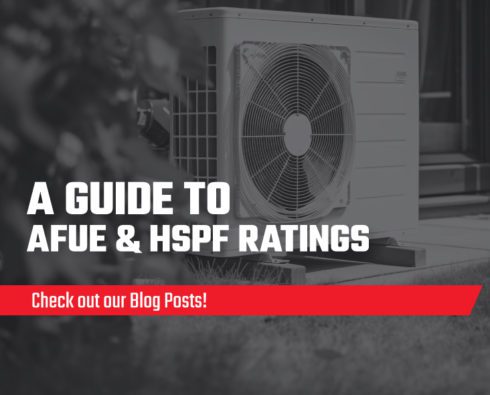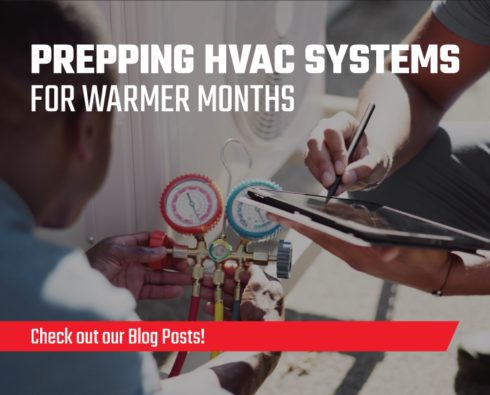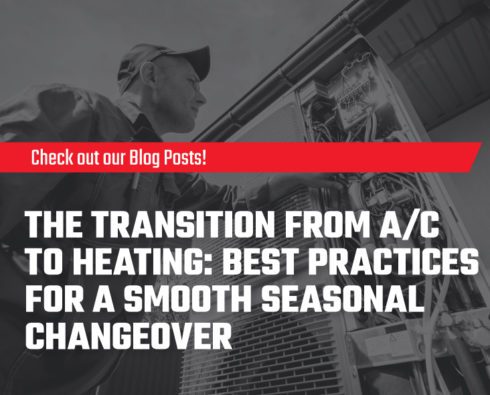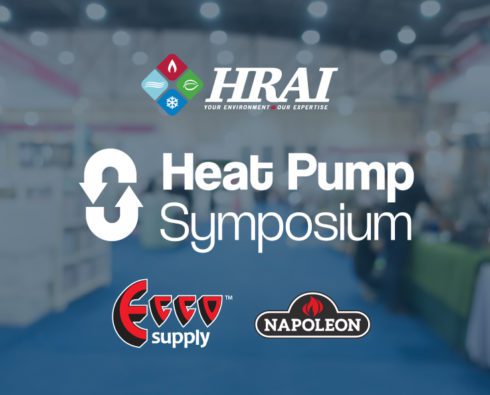
Maximizing HVAC Efficiency: The Crucial Role Registers and Grilles Play in Airflow
Every HVAC contractor knows proper airflow is the heartbeat of a well-functioning HVAC system, and many factors can impact airflow in a home—from the floor plan of the house to the number of rooms to the ductwork design.
But there are more minor and often overlooked components at play as well.
As simple as they are, registers and grilles play a crucial role in a home’s airflow and the efficiency of its HVAC system. They act as airflow traffic control cops that impact the climate of individual rooms by distributing air evenly without wastage, assisting in air return, and maintaining consistent temperatures.
The impact of poorly positioned or incorrectly sized registers and grilles
Even the smallest details matter when it comes to making HVAC systems as efficient and effective as possible.
Registers and grilles installed without strategic thought can lead to pesky problems, ranging from short-term inconveniences like inconsistent temperatures to longer-term financial costs when equipment breaks down prematurely.
In the short term, the home can be plagued by hot and cold spots throughout, where different rooms have drastically different temperature variances.
Longer-term, inefficient airflow means the HVAC system has to work harder. This can strain the equipment and burn a hole in the homeowner’s pocket through higher energy bills. These same inefficiencies can also lead to extra wear and tear, frequent maintenance needs, and a shortened lifespan.
Optimizing airflow with proper register and grille practices
Correctly placing registers and grilles ensures an HVAC system operates optimally. For experienced HVAC contractors, a solid understanding of how to do this seemingly simple task can be the difference between a job done and a job done well.
Here are some best practices to follow when assessing a home’s existing registers and grilles or making recommendations for some new placements:
Supply registers
Ideally, These should be placed near windows or the house’s exterior, where the most significant heat loss or gain occurs. For heating, floor registers are optimal as warm air rises. Ceiling or high wall placements are best for cooling since cool air sinks.
Return registers
These should be positioned on interior walls, ideally opposite the supply registers. This ensures the circulated air is drawn back efficiently, maintaining balanced room pressure.
Avoid obstructions
Always ensure that furniture, drapes, or other household items don’t obstruct registers and grilles. Such obstructions can not only reduce efficiency but also strain the HVAC system.
Room-specific considerations
Avoid placing registers too close to beds in bedrooms, which can cause discomfort. Avoid locations directly above cooking areas in kitchens to prevent grease buildup in the ductwork. For bathrooms, choose rust-proof materials and place them in spots least likely to get wet.
Adjustable dampers
In areas of the home where airflow may need to be modulated regularly, install registers with adjustable dampers. This is especially important in bedrooms and common areas, such as living rooms and dens.
Add registers and grilles to your repertoire
While registers and grilles might not seem like the most essential parts of an HVAC system, their influence on a home’s comfort can be profound.
As HVAC professionals, building this attention to detail into your site visits, recommendations, and service offerings can help set you apart from competitors.
By emphasizing the nuance and importance of registers and grilles to clients, HVAC contractors demonstrate their expertise and help ensure the systems they service work more efficiently and effectively.







